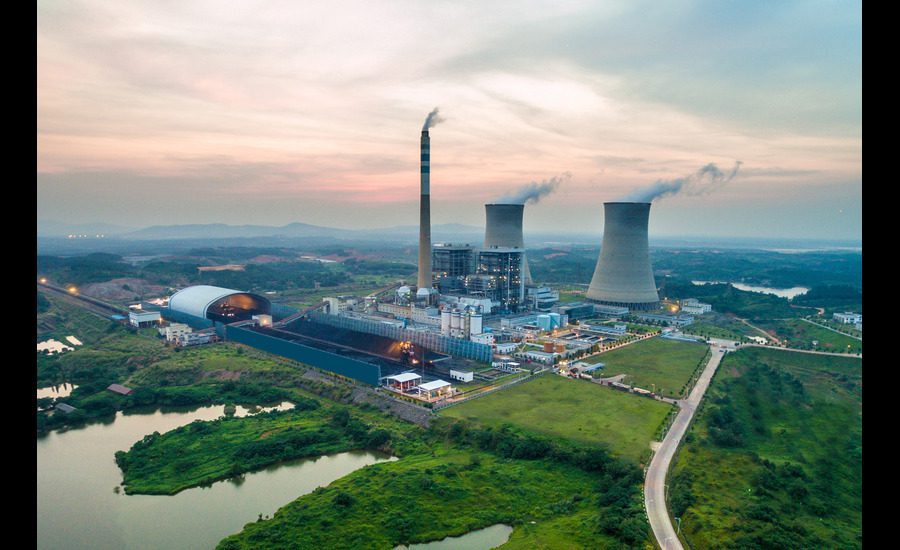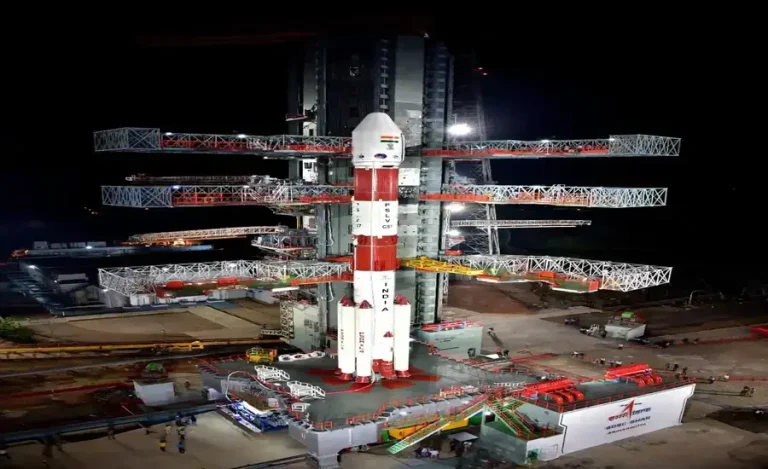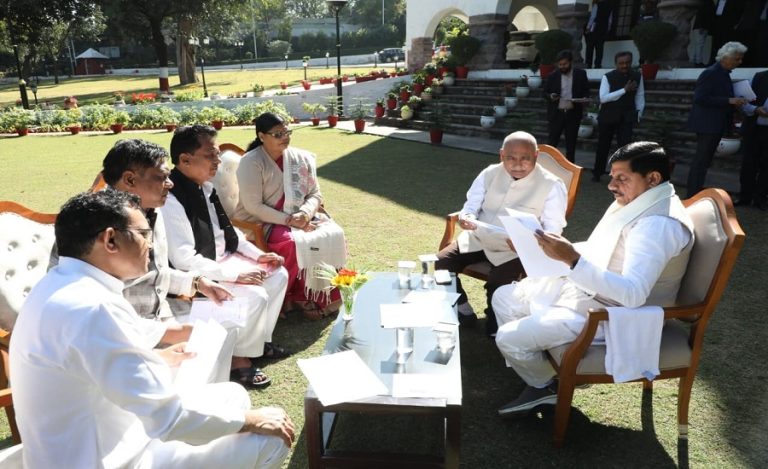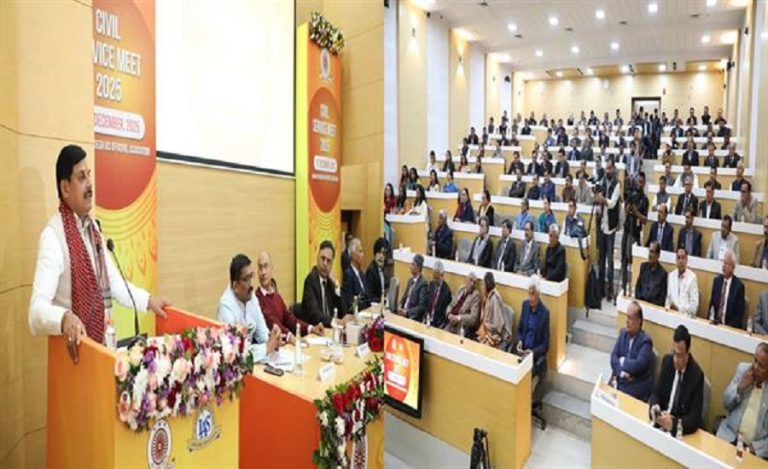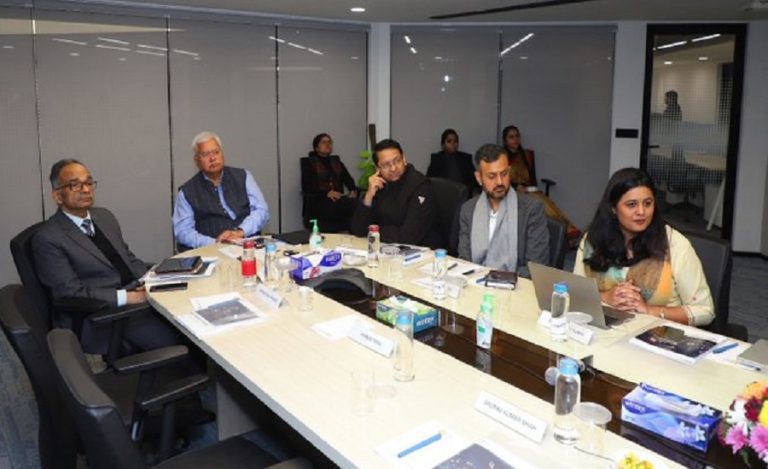New Delhi: India is taking a significant leap in its nuclear energy and maritime ambitions by advancing compact modular reactors designed for both maritime deployment and heavy-industry captive power.
Scientists at the BARC are working on a 200 MW (and smaller 55 MW) reactor under the BSMR programme, signalling a dual push for civil and maritime applications.
Importance of 200 MW Nuclear Reactors
For decades India has relied on large nuclear plants and thermal power for its energy needs. Now, the shift to small modular reactors (SMRs) opens up flexible deployment — industrial sites, remote locations or even ships. Officials say the 200 MW variant “can even be used to power merchant-navy ships”.
Simultaneously, the country aims to reach 100 GW of installed nuclear capacity by 2047. The BSMR initiative aligns with that target.
200 MW Nuclear Reactors programme in detail
Two reactor models: 55 MW and 200 MW, under the Bharat Small Modular Reactor (BSMR) banner.
Developed by BARC and other public institutions under India’s nuclear-energy mission.
The 200 MW version is designed for captive power (cement, aluminium, steel plants) or maritime platforms.
The design seeks inherent safety features, compactness and flexibility of siting. Officials emphasise that “you can put the reactor wherever you want, even on a ship.”
Strategic & policy context
This development sits at the nexus of energy, defence and industrial policy:
India already operates nuclear-powered submarines (e.g., INS Arihant, INS Arighaat) powered by ~83 MW reactors. The expertise is being leveraged.
Read also: Lucknow’s ₹380 Crore BrahMos Missile Facility Marks India’s Leap in Indigenous Defence Manufacturing
The civil nuclear sector is being opened up: amendments are under discussion to the Atomic Energy Act of 1962 and the Civil Liability for Nuclear Damage (CLND) Act to allow private participation and clarify supplier liability.
The move supports India’s twin goals of energy security and decarbonisation — modular reactors can replace older fossil plants or be sited flexibly.
200 MW Nuclear Reactors: Benefits & challenges
Benefits:
- Flexibility of siting (industrial plants, remote locations, ships)
- Smaller initial capital investment compared to large reactors
- Potential to repurpose retiring coal/thermal plant sites into nuclear-SMR sites
- Strengthening indigenous nuclear-design capabilities
Challenges:
- Regulatory approvals and licensing for new reactor types and maritime deployment
- Ensuring public safety, waste management, and spent fuel handling (especially for ship applications)
- Bringing down costs to compete with renewables and other power sources
Timeline: Indian nuclear plants have historically taken long lead-times — reducing that will be key.
What’s next
The concept design for BSMR 200 MW is reportedly completed and approval is underway.
Commercial deployment will likely first target industries with heavy energy consumption.
Reforms to allow private companies to build/operate nuclear plants and manage fuel front-end are expected to accelerate rollout.
Integration with maritime propulsion is being studied — while official sources sidestep direct mention of submarines, the potential for merchant ships or other large vessels is open.
Bottom line
India’s move to develop 200 MW modular nuclear reactors marks a smart pivot: smaller, flexible, faster to deploy — and potentially game-changing for captive power and maritime sectors. If executed well, it could accelerate India’s nuclear capacity expansion and reinforce energy independence. But timelines, costs and regulatory clarity will determine how fast the transition happens.

